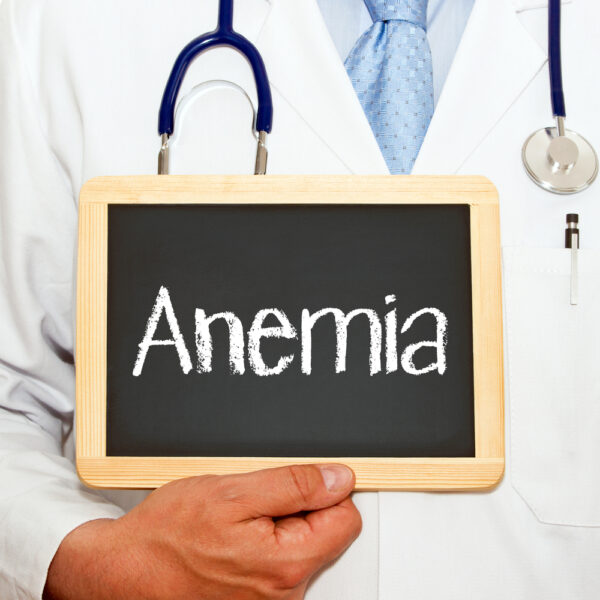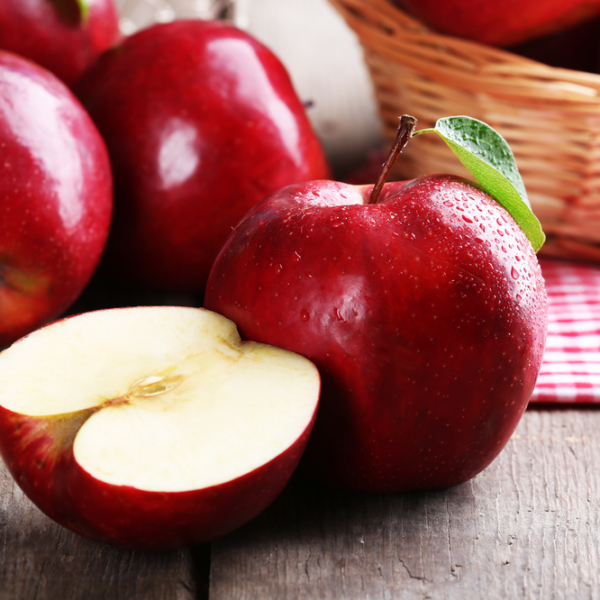
Smells That Can Trigger Migraines
Migraines are debilitating headaches that often cause symptoms of blurred vision, nausea, vomiting, and sensitivity to light and sound. Many different environmental factors, including weather, stress, and even smell can trigger a migraine. In fact, 95-percent of migraine sufferers report sensitivity to certain smells, which is known as osmophobia. Specific odors known to trigger migraine attacks include: 1. Cigarette smoke This is one of the most well-known triggers for migraines. This includes smoking cigarettes, pipes, vape pens, and cigars as well as just being around people who are smoking. Smoking is a prevalent migraine trigger because cigarette smoke contains chemicals that irritate the trigeminal nerve, which is located just under the surface of the skin in the face and neck area. Irritation of the trigeminal nerve negatively affects the blood vessels in the brain, which can trigger a migraine headache. 2. Food odors Many food smells can trigger migraines. For instance, if you are sensitive to an ingredient in a certain recipe, cooking it or even being in a room where it’s being prepared may cause headaches. Common food odors that trigger migraines include onions and garlic, spicy, and fatty food smells if foods are deep fried. 3. Perfumes and fragrances If you are sensitive to smells, then perfumes and other strong scents may trigger a migraine.









